Today, I’m waiting on a call back from the doctor.
It’s nothing life or death, thankfully.
So this call is something that should be easy – take my phone off its constant silent mode, wait for it to ring, and carry on with my day.
Instead, I’ve spent the morning in a lip-chewing, screen-flicking, room-pacing fugue of anxiety.
I’ve rehearsed what I’m going to say so many times that I can barely think of anything else. I can’t stop checking my phone just in case I might have missed a call in the 30 seconds since I last looked.
Part of me doubts they’ll even call me at all. And I’m planning what I’ll say on Monday to the equally exhausted receptionist.
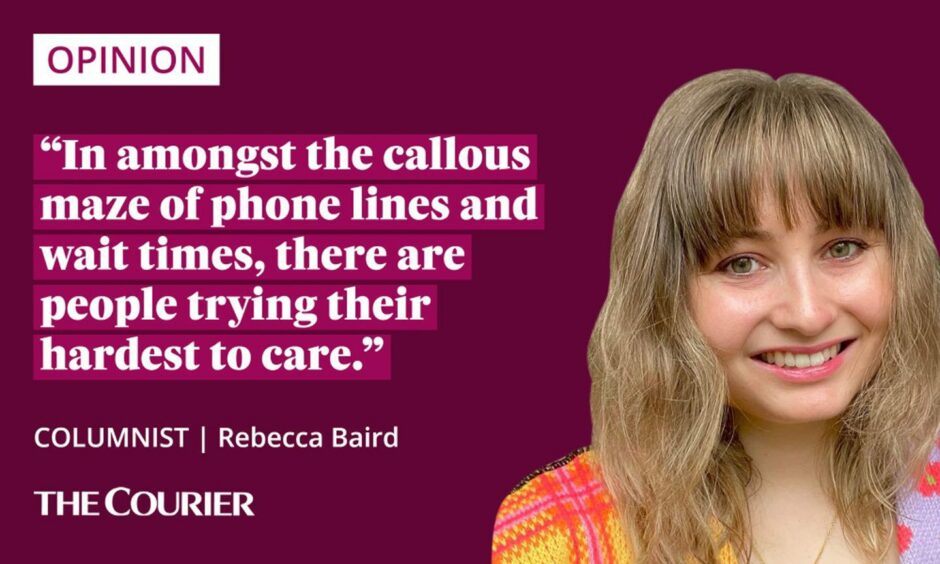
This is insane behaviour – I’m aware.
But this sluggish game of phone tag has been rumbling on for almost a year now. And as well as the physical, medical discomforts at the root of it, it’s been an incredible amount of admin.
No faces, only figures – waiting for the doctors’ call back
I’ve spent full mornings when I should be working instead waiting in hospital call queues, only to be told once I’m through that I need to contact my GP, after having my GP give me the hospital’s number the day before.
I’ve been told to call back after 2pm, between 10.30am and noon, tomorrow, oh wait sorry, we’re actually shut on Friday mornings, we’ll ring you back… you get the picture.
A long awaited appointment was moved to a different date, then a different city, all within a week. As I was relying on public transport and the goodwill of my employer to get there, the stress was unreal.
My phone is stacked with reminders. ‘Chase up X department’. ‘Expect call between 7am and 3pm from Y service’.
If you miss it, you can’t phone back directly – no incoming calls accepted. Back to the switchboard, the queue, the list.
It’s easy to feel forgotten when there are no faces, only figures.
‘Fundamentally difficult’ for women to access healthcare
Now, after speaking to two GPs, three technicians, a consultant, five nurses and a small football team of receptionists (I know the nice ones now by their ‘hello’), the One Call To End Them All should be coming to me some time today.
And while I should feel relieved about this, I’m just really nervous.
Because this is, again, a new doctor. Another person I have to explain my situation to in the 20 seconds that are granted before I am (usually) talked over and sent off the phone with another number to call.
If that happens, reader, I think I’ll lose it.
The fact I have to take a moment and steel myself to call my GP surgery is actually dystopian. And the fact that after I finally get through I am almost immediately batted away and have to meet aggression with aggression in order to be seen makes me sad. (System is broken, yes.)
— Rebecca Baird (@rebeccabaird_) December 12, 2022
Without getting too deep into my medical history on a public forum, this has been a lot of women’s health stuff.
So naturally, there’s been a healthy dose of fobbing off, gaslighting, and suggestions to ‘keep an eye on it’ despite my year-long weekly symptom logs (another admin task I’ve found to be necessary) and increasingly troubling levels of pain.
It’s outrageous. And I could spend the next 400 words ranting about the fact that experts have deemed it “fundamentally difficult” for UK women to access basic care.
But there are a million op eds already on the state of women’s health and the fact we aren’t taken seriously. It’s true, and important – and depressing.
So instead, I want to take a moment to point out the one really positive aspect of this whole debacle: the staff who have helped.
‘We will get to the bottom of this’
They do exist, it turns out. In amongst the callous maze of phone lines and wait times, there are people trying their hardest to care.
Like the GP who, when I finally managed to get through the gauntlet of reception and phone appointments to an in-person one, took one look at my face and told me gently she would organise an urgent referral to Ninewells.
Or the nurse who obligingly distracted me by chatting about the film she saw at the weekend while I had a painful biopsy.
There was the secretary who offered me a short-notice cancellation spot so I’d ‘have your scan results before Christmas, help you sleep easier eh?’.
And the consultant who let me speak for a full five minutes, and didn’t try to interrupt me, before responding: ‘We will get to the bottom of this.’
(That one made me well up on the spot, and I’m not a public crier.)
Just last week, that first GP told me she would call me back. And to my relief and surprise, she did.
These people are the shining lights in the darkness that is navigating our post-pandemic NHS.
Now I’m waiting on this Final Call, and it shouldn’t be this hard. It shouldn’t take this long. I shouldn’t feel like I’m preparing for battle again.
The system is so broken, I know that. But I want to remind myself – and you – that within it are people who care, who will not fob off or forget.
There are people who will call back.



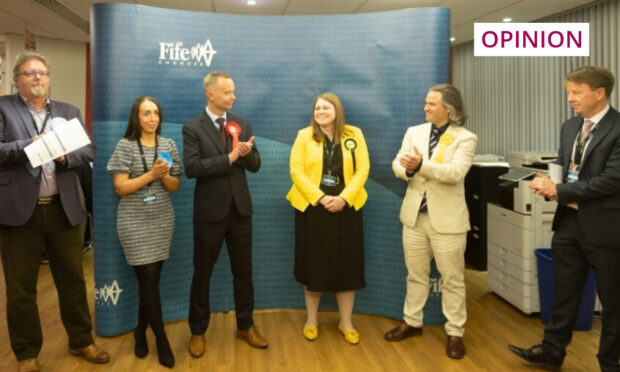

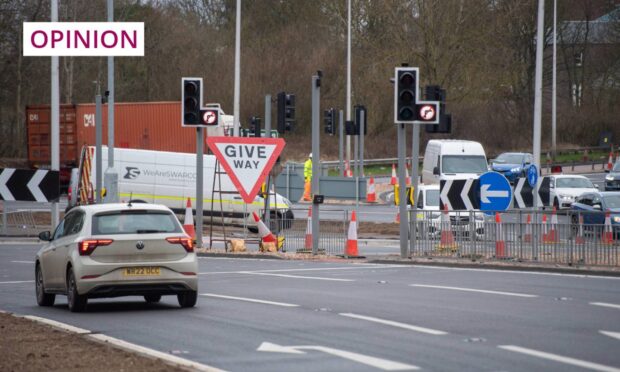
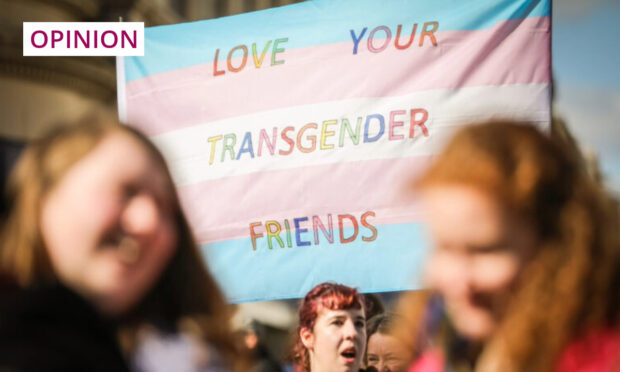
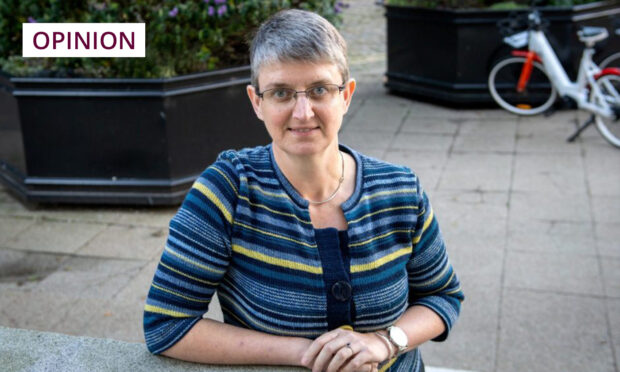





Conversation